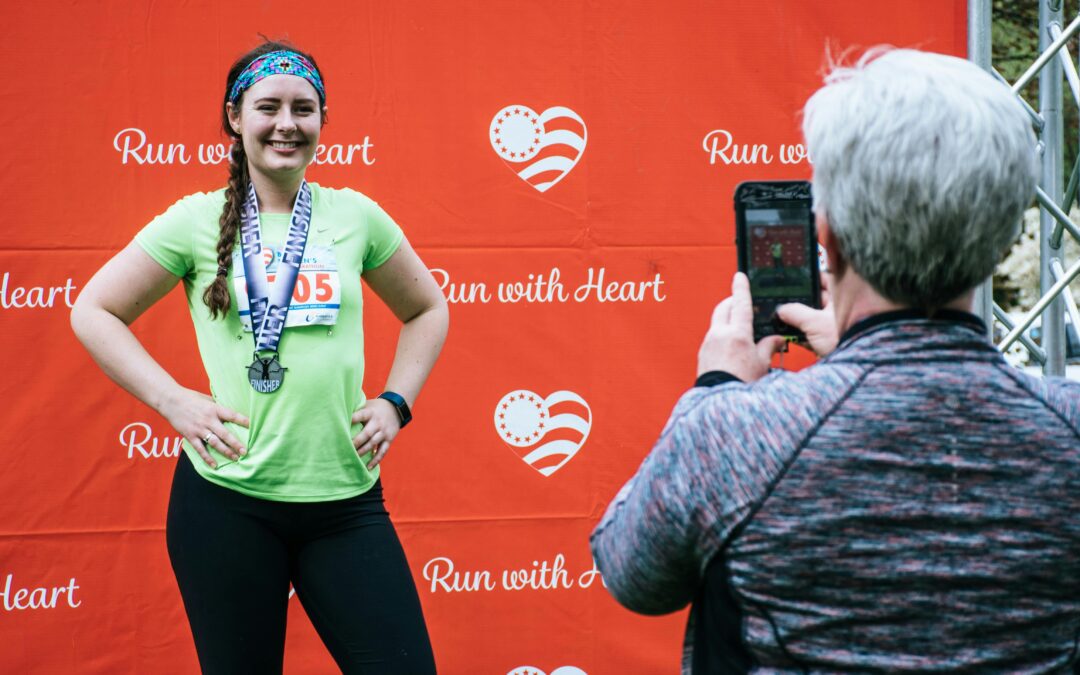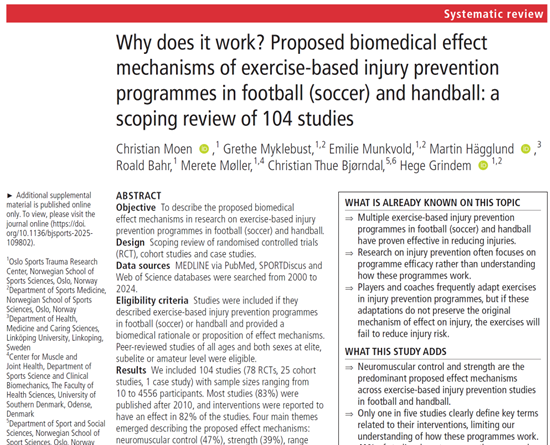After 25 years of treating injured athletes, I’ve learned something that changed everything: 60% of athletic injuries are completely preventable.
Yet athletes continue getting hurt at alarming rates. Elite competitors miss crucial seasons. Young athletes quit sports entirely because their bodies broke down.
The problem isn’t lack of effort. It’s that most injury prevention approaches are fundamentally flawed.
Why Traditional Prevention Fails
Most injury prevention programs fall into three categories, and all of them miss the mark:
Generic Strength Programs build muscle but neglect movement mechanics. You might get stronger, but if you still land awkwardly or cut with poor form, that strength won’t protect you.
Rehab-Based Prevention focuses on isolated exercises targeting specific muscles. These programs fix immediate problems but rarely address root causes or the integrated movement patterns that led to injury.
Watered-Down Rehabilitation takes exercises designed for injured athletes and gives them to healthy ones. This backwards approach assumes everyone has the same weaknesses and needs the same solutions.
The result? Athletes suffer the same preventable injuries season after season.
The Athletic Resilience Method
True athletic durability requires a systematic approach that bridges performance training and injury prevention. This is why I developed the Athletic Resilience Method—a four-phase system that transforms how athletes move, perform, and protect themselves.
Phase 1: Analyze – See What Others Miss
Most injuries develop over time through movement inefficiencies that create stress concentrations in vulnerable tissues. Through detailed video analysis, we identify risk factors before they become injuries—revealing how you really move when you jump, land, cut, and sprint.
We look for asymmetries, compensatory patterns, inefficient force strategies, and movement breakdown under fatigue. This analysis becomes your personalized roadmap.
Phase 2: Strengthen – Build the Foundation
Strategic strength training builds resilient athletes, not just muscle. We implement targeted protocols combining compound and isolated exercises to address your specific needs, developing balanced physical capacity that prevents injury while enhancing performance.
Key focuses include structural integrity, muscular control in vulnerable positions, addressing asymmetries, and building strength reserves that protect you when technique breaks down under fatigue.
Phase 3: Amplify – Bridge Gym Strength to Athletic Power
Here’s where most programs fail: they build strength but never teach athletes how to use it explosively and safely during sport-specific movements.
The Amplify phase uses progressive plyometric and power exercises that optimize how your body generates and absorbs force. This critical phase transforms gym strength into athletic performance while teaching your body to safely handle the competition’s high forces.
Phase 4: Integrate – Make It Automatic
The ultimate test isn’t whether you can move perfectly in the gym—it’s whether those patterns hold up when you’re fatigued, under pressure, and focused on winning.
Integration fine-tunes your movement patterns under game-like conditions, ensuring your new strength and mechanics become automatic during high-intensity competition. This transforms technical improvements into instinctive movement patterns that protect you when fatigue and pressure are highest.
Why This Works
The Athletic Resilience Method works because it addresses athletic durability as an integrated system. Each phase builds upon the previous one: Analysis identifies your risks, Strengthening builds the foundation, Amplification teaches explosive safety, and Integration makes protection automatic.
The Performance Bonus
Building injury resilience simultaneously enhances performance. The same mechanics that prevent ACL injuries improve cutting speed. The strength patterns that protect your shoulder increase throwing velocity.
True athletic resilience doesn’t compromise performance—it unlocks it.
Athletes who complete this method don’t just become more durable—they become more intelligent about their bodies. They learn to recognize early warning signs, modify training smartly, maintain movement quality under stress, and make decisions that support long-term athletic longevity.
The Bottom Line
The difference between good athletes and great ones isn’t just talent or training – it’s availability. The ability to train consistently, compete confidently, and perform at your peak without preventable injury setbacks.
If you’re serious about your athletic career and can’t afford weeks or months of setbacks, systematic resilience building isn’t optional—it’s essential.
Because the best ability is availability.
Ready to build true athletic resilience? Learn more about the Athletic Resilience Method™ at The Healthy Athlete Project.





0 Comments